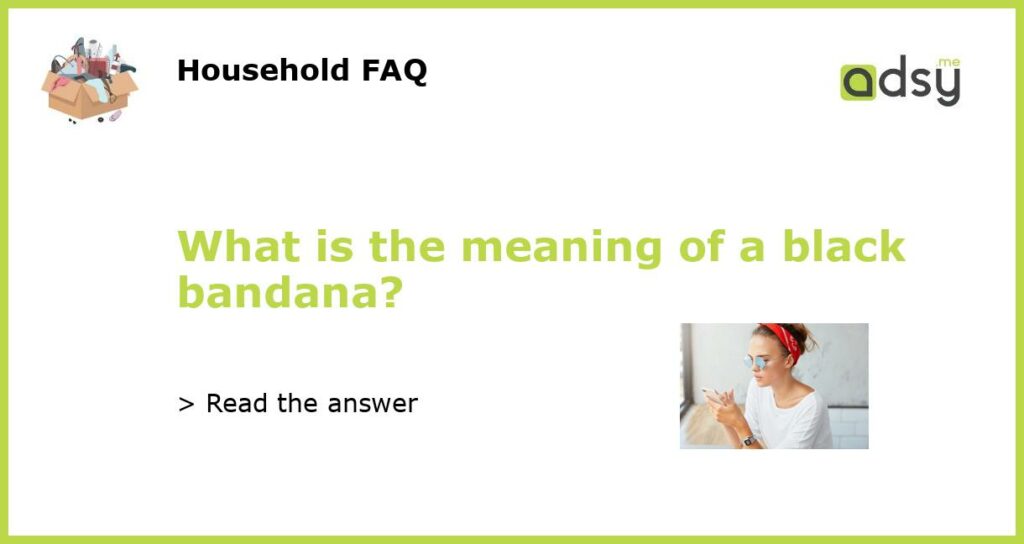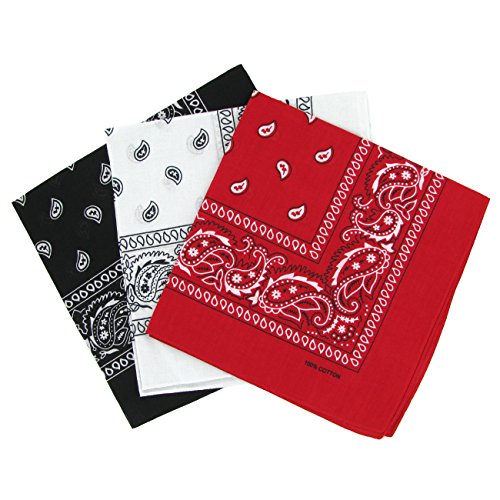The History of the Black Bandana
The black bandana has a complex history that goes beyond the simple piece of cloth it represents. Originally, bandanas were used by cowboys and miners to protect their faces from the dust and sun. However, during the late 1960s and early 1970s, the black bandana took on a new meaning.
The Black Bandana as a Symbol of Urban Gangs
The black bandana was adopted by urban street gangs during the late 1970s and became a symbol of gang culture. It was worn to identify a gang member’s affiliation and to intimidate rival gangs. The black bandana, when worn in a specific way, also serves as a silent signal of aggression and a precursor to violence.
The Black Bandana as a Symbol of Solidarity
The black bandana was also used as a symbol of solidarity amongst marginalized communities facing oppression. During the Chicano Movement in the 1960s and 1970s, the black bandana was worn as a sign of resistance against police brutality and racial profiling. The Black Panther Party also used the black bandana as a symbol of unity and struggle against white supremacy.
The Black Bandana in Popular Culture
The black bandana has made its way into popular culture and can be seen worn by celebrities, musicians, and fashionistas. However, its original meaning has been lost in translation, and it is often worn as a fashion statement or trendy accessory. The appropriation of the black bandana in mainstream fashion has led to the erasure of its political and historical significance.
The Black Bandana Today
Today, the black bandana remains a symbol of gang culture and is often associated with violence and criminal activity. However, its history encompasses more than just gang culture and serves as a reminder of the struggles and hardships faced by marginalized communities. As society continues to grapple with issues of race and inequality, the black bandana serves as a symbol of resistance and solidarity in the fight for justice and equality.






